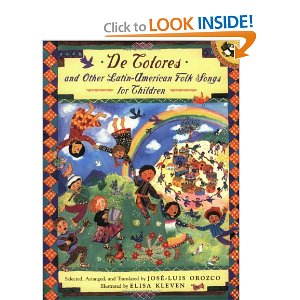Well the kids & I have been studying the life and art of Giotto di Bondone, an innovative Italian painter who lived from 1266 - 1337. He was innovative in that he was the first known artist in the Middle Ages to give his works a 3-D effect. In addition, he painted things in a way that looked more realistic by using nature, such as rocks, trees, and hillsides.
We are using Ambleside Online's curriculum as a general rule; however, in the Artist Study department we have veered from their guide since I was so excited to find that Simply Charlotte Mason has some wonderful Picture Study Portfolios with the artist's history in narrative form along with 8 large, full-color copies of some of their key works of art. Giotto is the first one we have done. After getting a late start to our school year, we are just now in Week 10 of the First Term (12 weeks per term). We selected a painting a week to study for the first 6 weeks. Afterwards, we have been doing a few extra, more in-depth studies to reinforce our appreciation of Giotto's works.
Now I get to my point!
On the fly this morning I found a cool recipe for making tempera paint not unlike that which Giotto used. At Bright Ring Publishing's website, I happened upon an easy concoction and was thrilled I had all the ingredients on-hand!
colored chalk
egg yolk
water
I had the kids select three colors of chalk they wanted to turn into paint. They chose red, yellow and blue:
Then we crushed the chalk into a powder the best we could with a round rock. This part was hard... and time-consuming. By the way, we read that Giotto would use clay, minerals, berries or ground insects to make his colored pigments. If crushing the chalk was difficult, I can only imagine having the tedious job of grinding those other elements:
After separating the egg, we whipped the yolk by hand until a little foamy, then added 2 teaspoons of water:
Using an old egg carton as our paint tray, we poured the colored chalk into one of the egg containers, then slowly added the yolk mixture until we got our desired paint consistency, using a paint brush to mix:
After that, it was time to create!
Cool!
The paint dried quickly, so we could imagine how it must have been for Giotto and his large pieces of art on plaster and wood, getting to paint only a little at a time before his works were set in stone... er, wood.





















